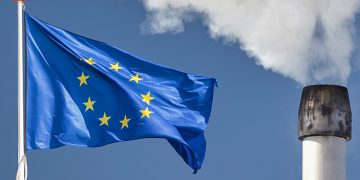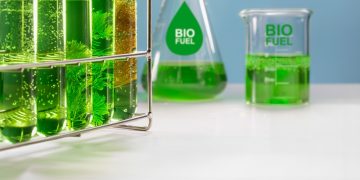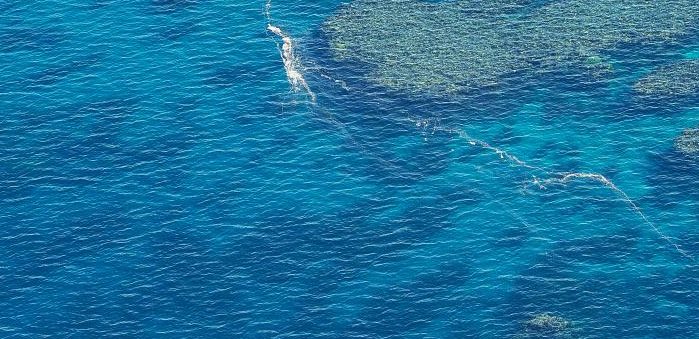Marine science and safety shared a view of a natural phenomenon on the Great Barrier Reef when Australia’s two leading marine agencies joined forces to track ocean currents. Namely, AMSA and oceanographers from the Australian Institute of Marine Science (AIMS) tracked coral spawn slicks on the Great Barrier Reef.
The Cairns-based AMSA Challenger jet aircraft used self-locating datum marker buoys (SLDMBs) with satellite tracking technology, into the sea near Darley Reef off Townsville and Hope Reef off Bowen, to track the movement of coral spawn slicks.
AMSA Principal Advisor Aviation Assets Mike Wytcherley, stated:
They are [SLDMBs] also proving to be great environmental tool as well. Whenever we deploy the buoys we share our info with the CSIRO to assist with validating their oceanographic models. And now we have been able to help AIMS protect and understand our marine environment by tracking the coral slicks
[smlsubform prepend=”GET THE SAFETY4SEA IN YOUR INBOX!” showname=false emailtxt=”” emailholder=”Enter your email address” showsubmit=true submittxt=”Submit” jsthanks=false thankyou=”Thank you for subscribing to our mailing list”]
In fact, the real-time information from the buoys revealed that the slicks had floated 52 km in five days.The on-water observations found that small slicks could form and move quickly across the reef, or dissipate if the wind was strong enough to create whitecaps.
The coral slicks had high levels of lipids such as wax esters, and may also behave in ways similar to what an oil spill would while travelling on the tides and currents.
What is more, AIMS marine biologist Dr Andrew Heyward was on the water watching close-up to see how the spawn slicks behaved. He said that most coral species released buoyant egg and sperm bundles after dark, in the spectacular annual spawning event that typically takes place 4 to 6 nights in November, after the full moon.
These slicks are also a possible asset for researchers who want to produce new, more heat tolerant corals in aid of reef restoration efforts.
Dr. Heyward concluded by saying that floating spawn slicks could contain several million coral larvae per square metre.





























































